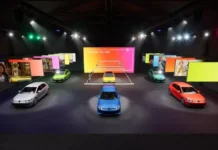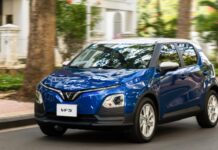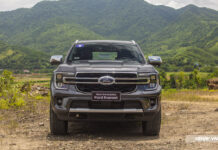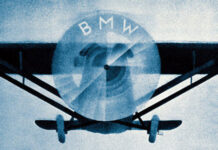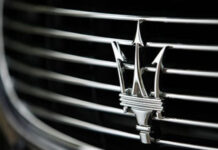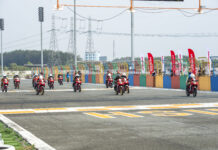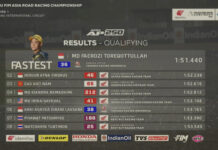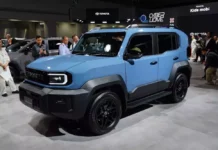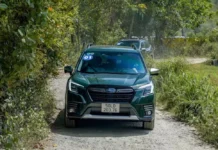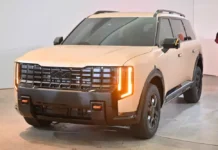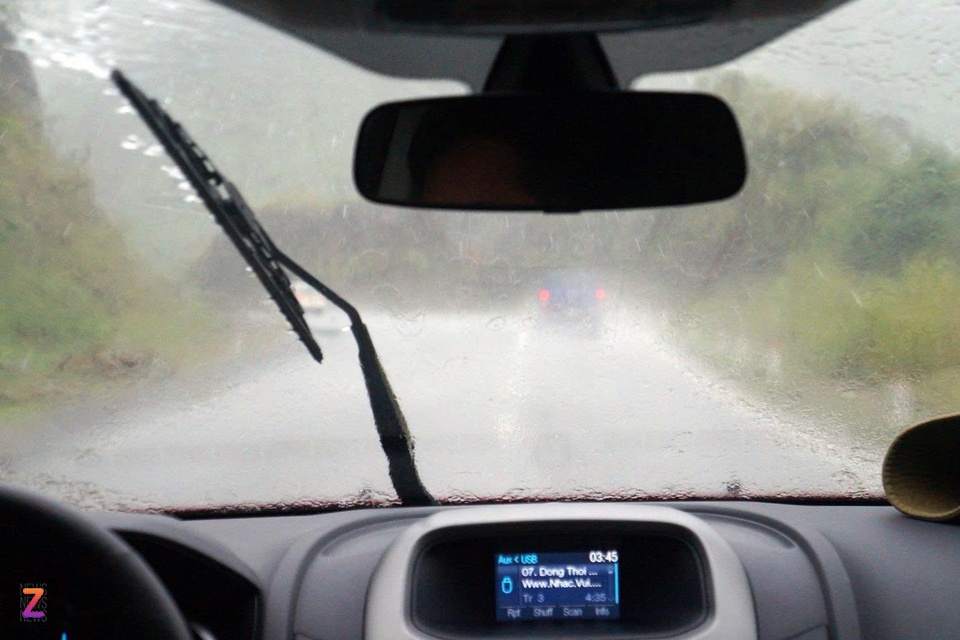
|
The hazard lights, also known as emergency lights, are a familiar feature on all automobiles. They serve as a warning system to alert surrounding vehicles in case the driver encounters a dangerous situation.
But how do these lights work, and when should you turn them on or off?
How Do Hazard Lights Work?
The hazard light symbol is a red triangle, usually found on the dashboard, near the steering wheel, or in the center console area. These lights are controlled by a module or relay (flasher relay) in the electrical system of the vehicle.
When the hazard lights are activated, the module or relay sends an electrical signal to all the turn signals and auxiliary lights, causing them to flash simultaneously.
Hazard lights are designed to work independently of other functions in the car. Therefore, even if the car’s engine is turned off, the hazard lights can still be activated to signal to surrounding vehicles.
|
|
|
The hazard light switch is usually placed in a central location for easy access by the driver or passengers. |
Some countries have specific regulations regarding the use of hazard lights. For example, in California, drivers are only permitted to use hazard lights when their vehicle has stopped unexpectedly or is moving slowly due to a malfunction.
In Australia, road traffic regulations allow drivers to use hazard lights in severe weather conditions (dense fog, heavy rain, or smoke reducing visibility), when stopping a vehicle, or when moving unusually slowly due to a malfunction.
Common Misuse of Hazard Lights
According to automotive expert Nguyen Thuc Hoang Linh, many Vietnamese drivers have a habit of misusing hazard lights while driving. In normal traffic conditions, some drivers turn on their hazard lights as a way of making their vehicle more recognizable.
Additionally, some drivers activate their hazard lights when entering roundabouts, crossing intersections, or turning from a minor road into a major one. This can confuse other drivers, as they cannot tell if the car is turning or braking, leading to unnecessary collisions.
In complex traffic situations or bad weather conditions, drivers often resort to using hazard lights to signal to surrounding vehicles. However, hazard lights are very bright and can cause glare on the windshields of nearby vehicles.
“The majority of drivers have this habit, and whenever it rains, the streets become like a ‘Christmas tree’ with flashing lights everywhere,” says Mr. Linh. “This practice not only endangers themselves but also makes it difficult for other drivers to see signals clearly, especially from oncoming traffic.”
When Should You Use Hazard Lights?
Mr. Linh states that hazard lights are designed to be used when a vehicle encounters a malfunction and comes to a sudden stop on the road, not while the vehicle is still in motion.
Regarding the ongoing debate on automotive forums about using hazard lights on highways during rainy weather, the decision to turn them on or off depends on the specific situation.
Firstly, if the driver can maintain a high speed on the highway (around 80-120 km/h) or on a winding road (30-60 km/h) and visibility is not severely limited, turning on the hazard lights is not only unnecessary but also potentially dangerous. The lights, combined with rainy weather, can make it difficult for following vehicles and oncoming traffic to see clearly.
|
|
|
Improper use of hazard lights can pose a danger to surrounding vehicles. Photo: Duy Hieu. |
However, if the rain is extremely heavy and visibility is greatly reduced, drivers will naturally have to slow down. In this case, collision prevention takes top priority. Hazard lights can be activated to signal to other vehicles, reducing the risk of rear-end collisions. With the hazard lights on, nearby vehicles can identify each other sooner and maintain slow movement while keeping a safe distance, also paying attention to brake lights to avoid crashes.
In general, the use of hazard lights depends on the specific situation and traffic conditions. Drivers should be flexible in handling different scenarios and avoid misusing hazard lights to ensure the safety of themselves and nearby vehicles.
Recommended Reads for Your Journey
Our Automotive section offers a diverse range of engaging book titles to accompany you on your travels. During those restful moments on your journey, a good book can be a delightful companion.








